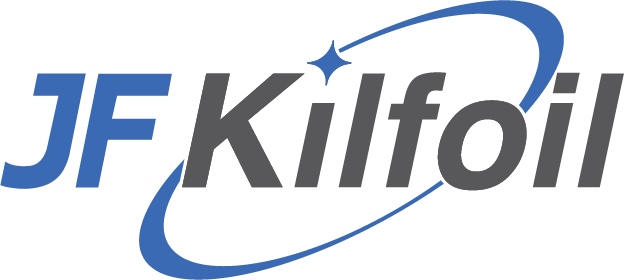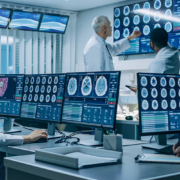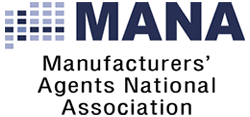Smaller, Smarter and Safer Technology in Healthcare
A Blog by TTI’s, Scott Stemley

The volume of healthcare data produced every day globally is phenomenal. Now measured in zettabytes (one zettabyte is a trillion gigabytes), it accounts for more than 25 percent of all information created. But it’s not only the amount of data that’s changing the way we do healthcare today, it’s how fast and efficiently it’s being collected, communicated and analyzed.
As a result, medical technology (MedTech) is expected to experience robust growth in the future—as much as $432 billion globally by 2025. The connected device segment alone may increase more than 25 percent by 2024. The result is higher quality, lower cost, more responsive, and less intrusive medical care. To accommodate this, a wide range of new and innovative electronic components are emerging. Here are the areas where we are seeing the most change:
Size and Weight. Small and light is the new normal, replacing the bulky, heavy, and cumbersome equipment of the past. Leaving more room for design and less weight for convenience and maneuverability, the move to miniaturized components is reflected in the demand for SWaP features, which optimize size, weight, and power capabilities. Patients and practitioners now expect devices to be accurate while also being smaller, sleeker, faster, and well-connected.
Speed, Reliability and Durability. Today’s components are designed with an emphasis on high speed, high reliability, and high durability. 5G speeds have arrived, along with next-generation WiFi and Bluetooth. Precision sensors are performing at near-perfect rates and robust, durable components are excelling in extreme and critical conditions where failure is not an option.
Comfort and Ease. Another big trend in MedTech is wearable devices, taking advantage of size, weight, customization, and speed optimization. Rooted in the trend of human-centered technology, wearable devices are introducing a new mindset of healthcare that stresses comfort, discreetness, instant monitoring, and care that is more preventive, proactive, and personal. Additionally, miniaturized MedTech offers reductions in complex invasive procedures, which also decreases recovery times.
Interoperability. Many advances today center around interconnectivity—where machines are sharing information with other machines in an impressive Internet of Medical Things. Some watches, for example, use a single lead ECG that alerts users of abnormal heart rhythms that could increase heart attacks. This produces incredible advantages: real-time monitoring, remote diagnoses, and wider access to services to whom they were previously unavailable.
Breadth and Multifunctionality. This enhanced speed, efficiency, and reliability expands the depth and range of care. Not only are patients offered more care options, but the degree and complexity of those options are constantly improving. New areas of care, such as enhanced 3D visualization and robotics, are being discovered. We’re also seeing devices with multiple functions, like the ability to monitor EKG, oxygen saturation, skin temperature variation, stress, and heart rate levels.
In this new age of healthcare possibilities, design engineers require component suppliers with high-quality parts, design experience, and the ability to deliver products when needed. Contact JF Kilfoil for proven expertise and a customer-first mentality to help them diagnose and execute their critical operations as successfully as possible.








